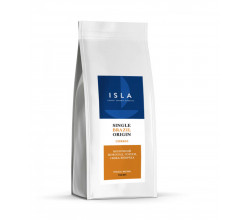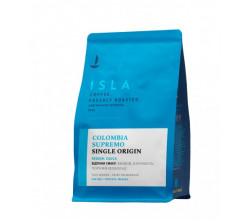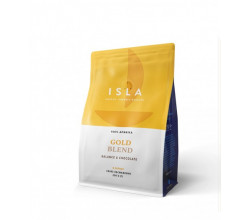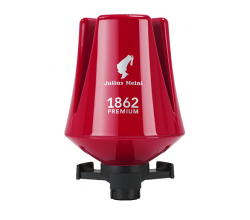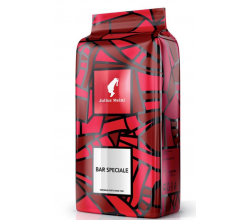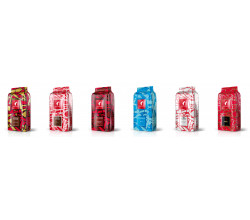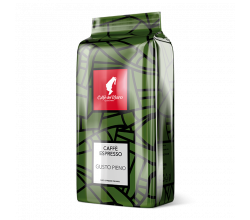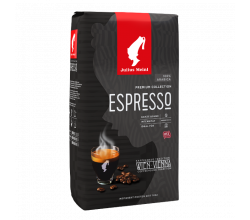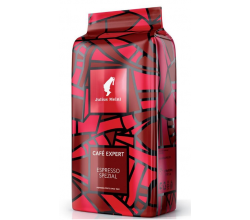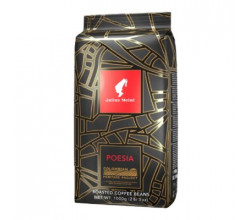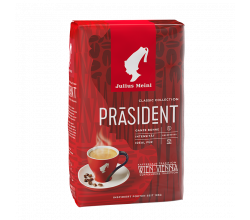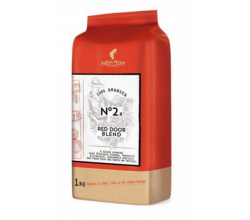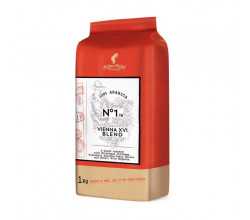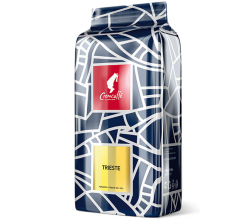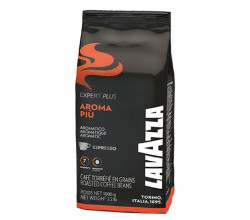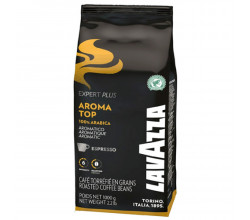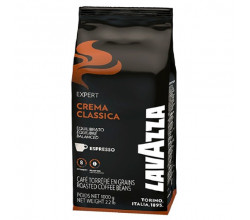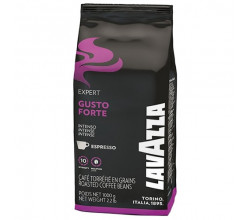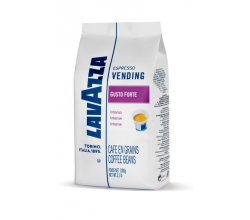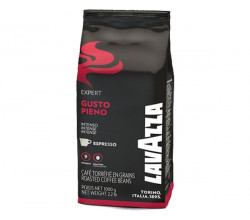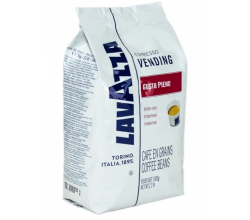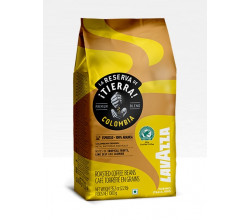Coffee beans
What about coffee beans?
It is hard to imagine a morning without a cup of fresh coffee. And it is also difficult to find a product about which there would be as many myths and misconceptions. It's time to figure out what coffee beans is, what “good coffee” means and what types of beans exist.
First, did you know that coffee beans are not beans? These are grains inside a fruit growing on a coffee bush. In appearance, such fruits are similar to reddish round berries, slightly resembling cherries. Coffee grows on alpine plantations, and is still hand-picked. Moreover, the higher the plantation, the better coffee is considered. In fact, this is not always the case, but there is a certain logic here. The fact is that the higher the plant grows, the less oxygen in its surrounding atmosphere. This makes the fruits more “dense” and the taste of the grain saturated. At the same time, such a relationship is not always direct.
There are about 120 types of coffee, and we all heard about the two most popular: robusta and arabica coffee. But interestingly, robusta is not a variety. Robusta grains come from the species Coffea canephora, and robusta is its subspecies. Its taste may seem more “harsh” or “simple”, but it also has excellent properties. So, robusta perfectly invigorates, and when added to the blend, it softens the excessive sourness of one hundred percent “Arabica”. So do not rely on the stereotype that Arabica is always better, sometimes this is just a marketing ploy.
- Roasting coffee
When choosing coffee beans, it is also important to pay attention to roasting. This process, as well as subsequent grinding, can drastically change the taste of the drink. When roasting, natural oils and sugars inside the grain change under the influence of temperature, the so-called caramelization occurs. Yes, the coffee beans itself already contains natural sugar. That is why the dark roasted grain, that is, roasted more intensively, can have a sweet taste and a characteristic pleasant aroma. Light roasting, on the contrary, retains more of the natural aroma of grain. It is more popular in the States, especially in third-wave coffee houses, which are designed to look for new approaches to making coffee. In Europe, traditionally, roasting has always been darker. But inside each country there is a gradation. Italy is especially famous for its dark roasting, and the grains produced in the south, in the Sicily region, may have a black tint.
At the same time, average roasting is the golden mean, which reveals the aroma of grain well, without going into excessive bitterness. It is well suited for both coffee machines and manual brewing.
When buying coffee beans, you should pay attention to the date of roasting. Unfortunately, even a product in vacuum packaging cannot be stored for a very long time. More precisely, its aroma will not be preserved. So the less time has passed since roasting, the better. The same goes for grinding. It significantly shortens the “life” of the coffee aroma, so it’s better to buy whole grains and grind it before cooking, if possible. To a much lesser extent, this problem concerns capsule coffee machines. Freshly ground grains are packed in capsules in vacuum immediately, and the aroma is preserved using tight packaging and a special inert gas. Read more about capsule coffee in our blog.
- Beans size
Grain size, contrary to popular myth, does not affect the taste. In some cases, coarse coffee beans may be more expensive, but it is not a matter of quality, but only that it is easier for the producer and roaster to work with it. At the same time, a delicious taste can be obtained both from large beans and from very small ones.
- Coffee roasters
Now the choice of coffee beans in stores is huge, but few people know that most brands are part of several leading concerns, the largest coffee roasters. So, Nestle in the first place (Dolce Gusto, Nescafe, Buondi and many others brands), followed by JAB holding (Keurig green mountain brands and others), closes the Lavazza three (Lavazza, Carte Noir brands). In addition, each manufacturer offers a wide selection of options.
Coffee beans is perfect for your automatic espresso machine (a separate article about it is in our blog), in addition, it is good to grind it right before making coffee in a manual coffee maker.

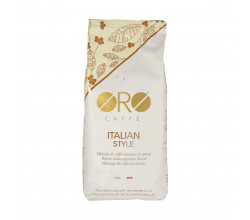
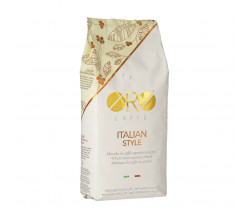
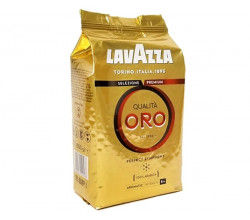
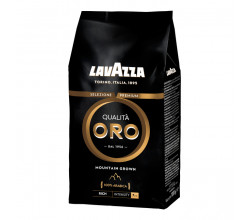
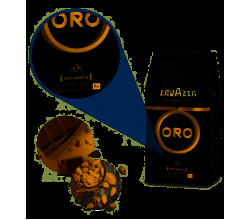
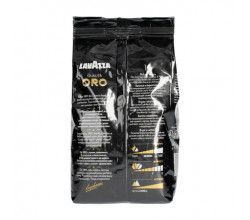
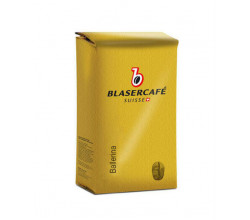
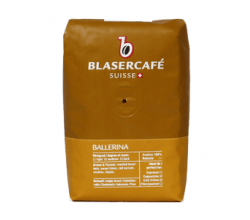

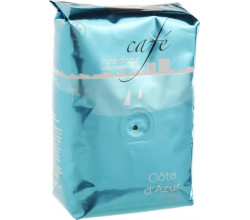

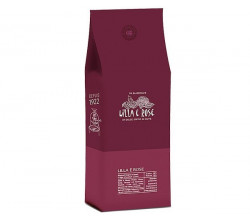
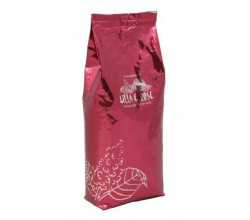
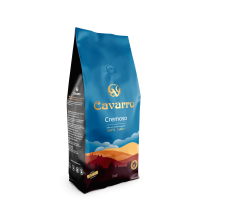
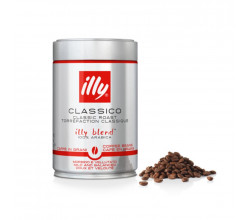
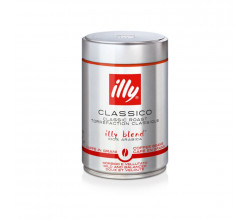
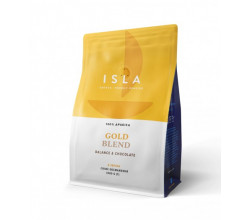
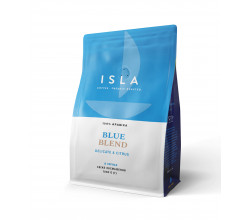
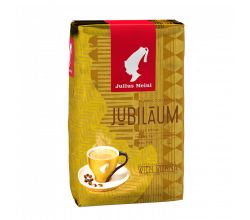
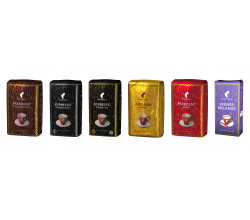
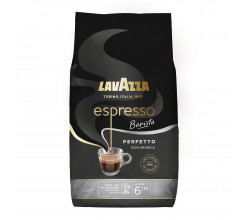

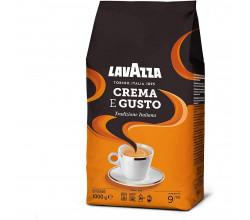
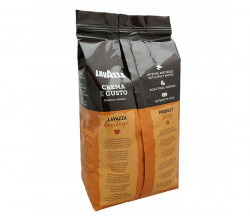
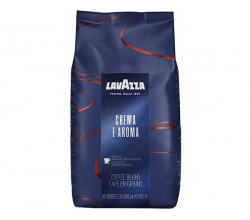
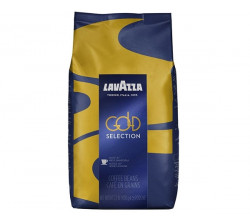
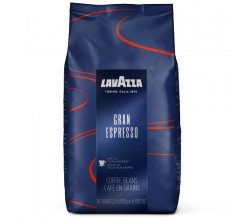
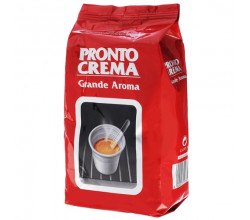
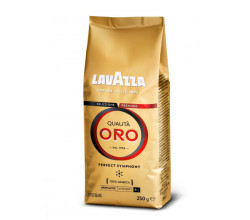
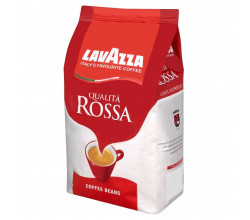
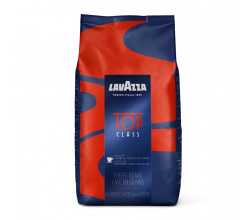
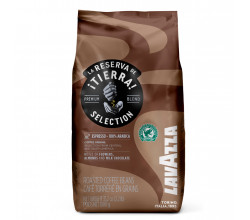
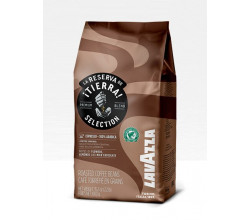
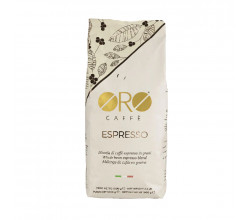
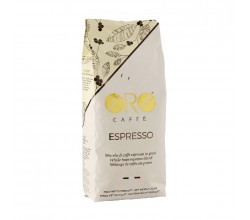
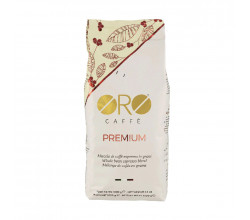
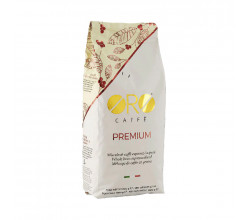
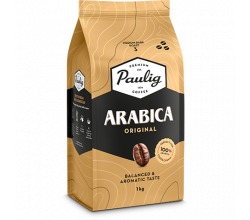
-250x220.png)

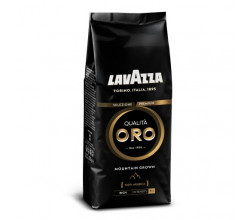
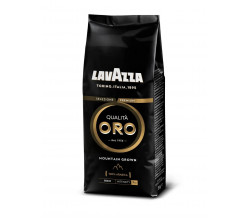

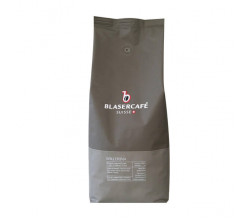
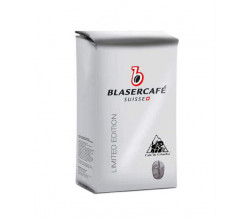
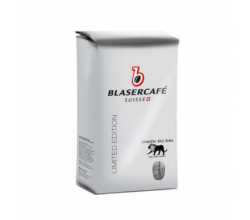
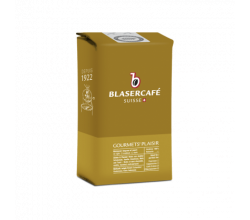
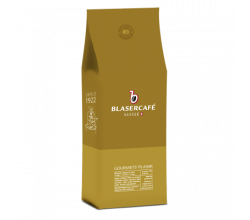
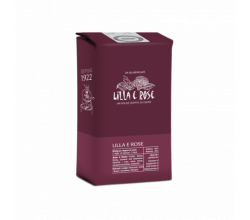
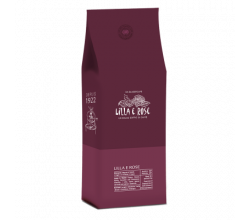
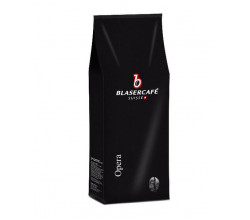
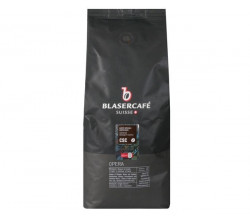

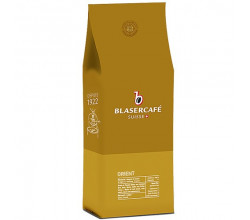
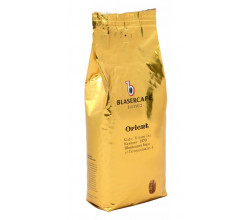
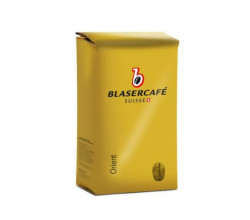
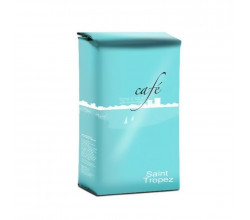
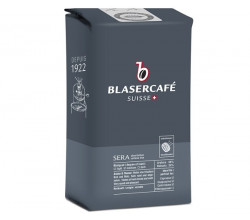
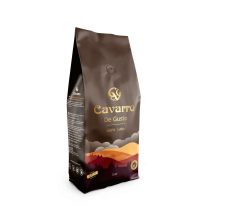
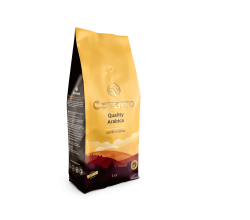
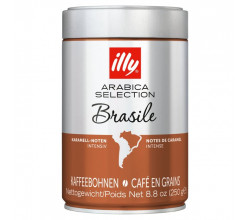
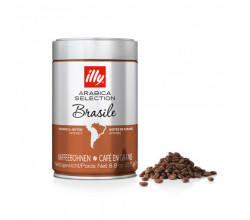
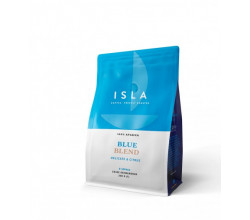
-250x220.jpg)
